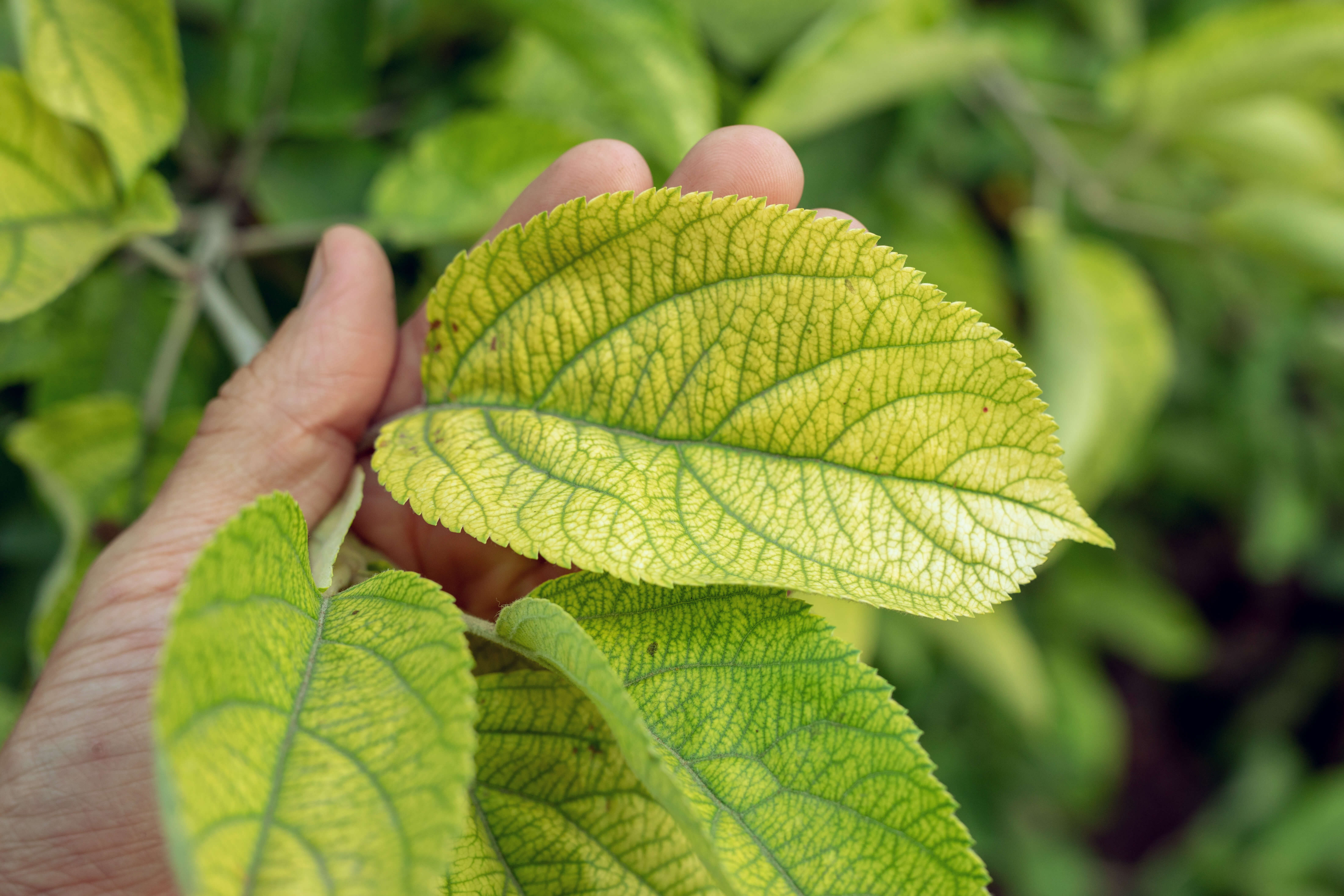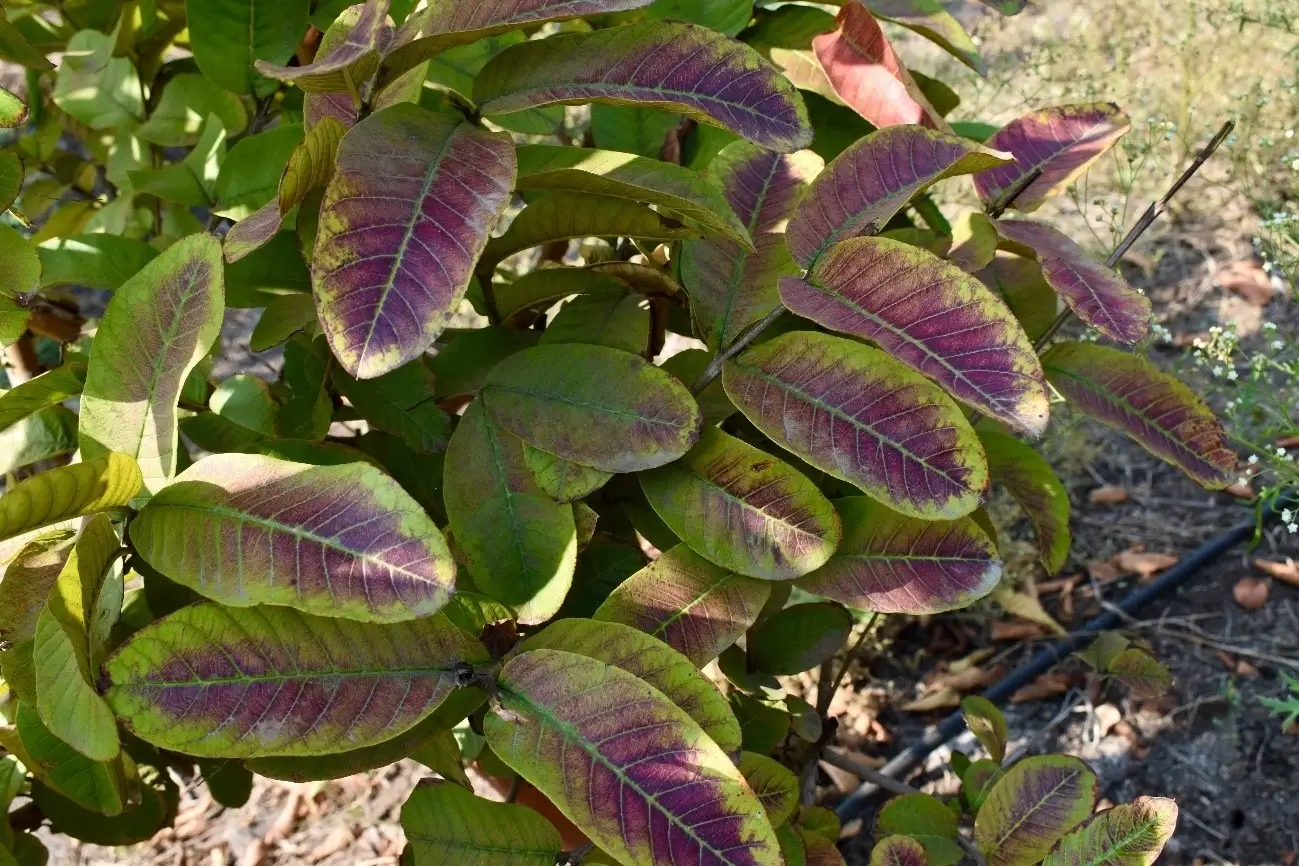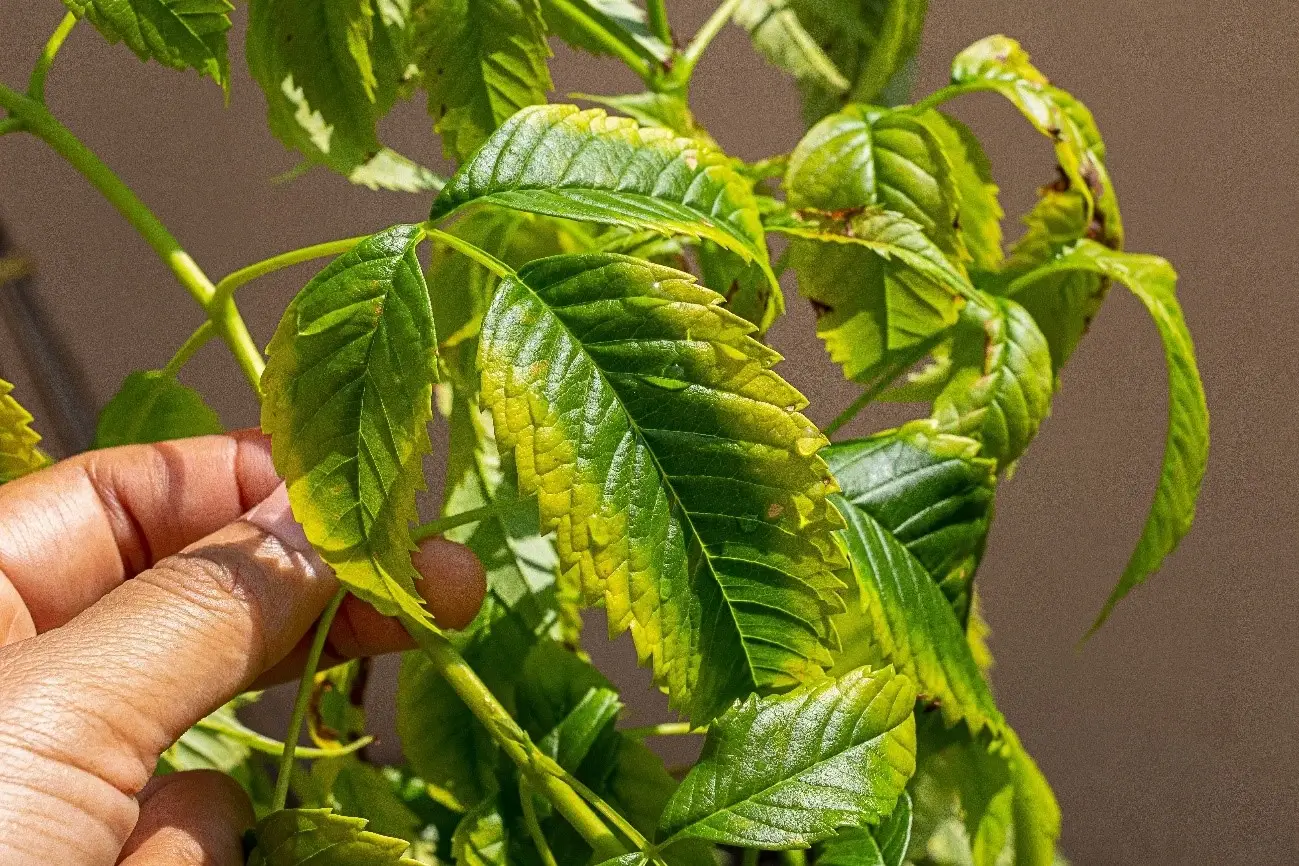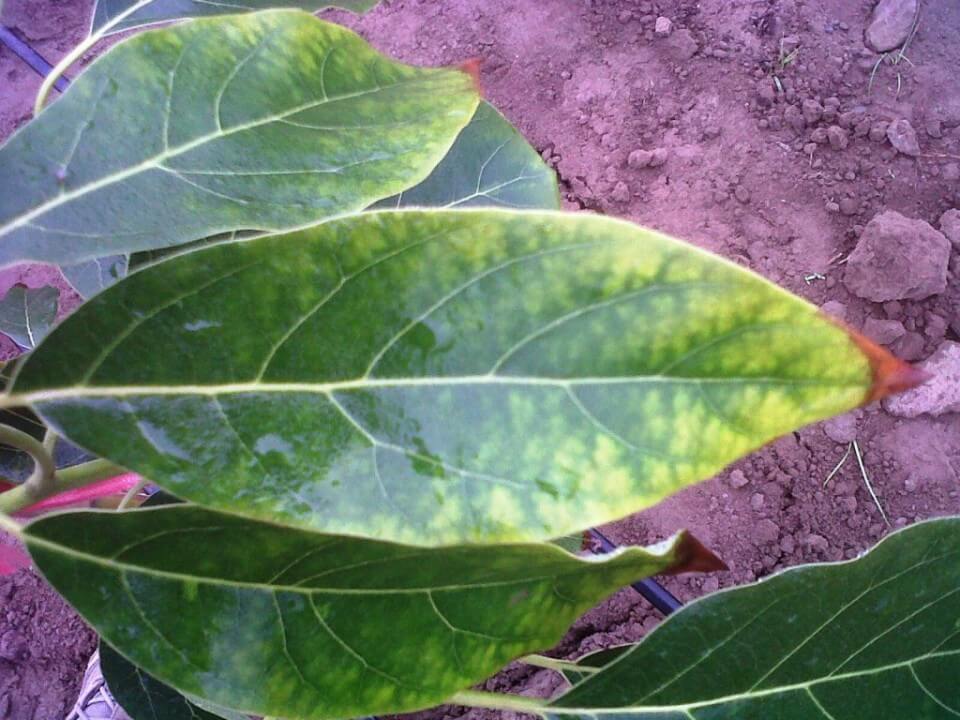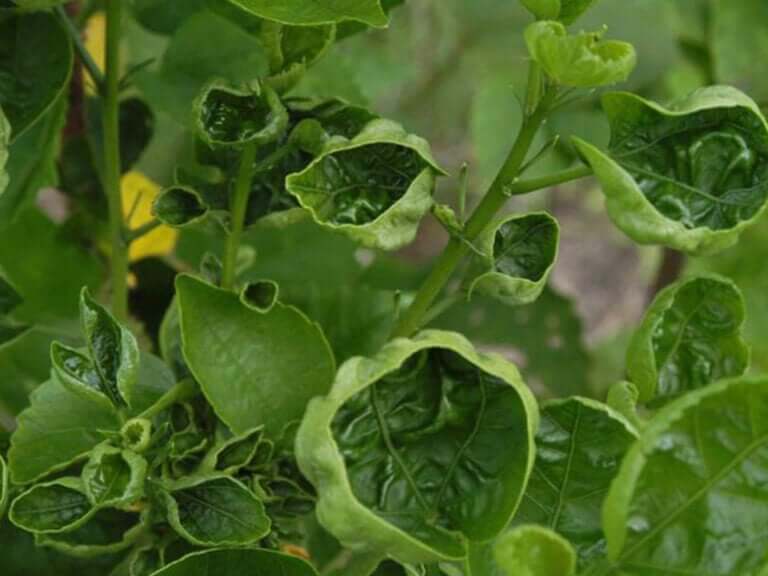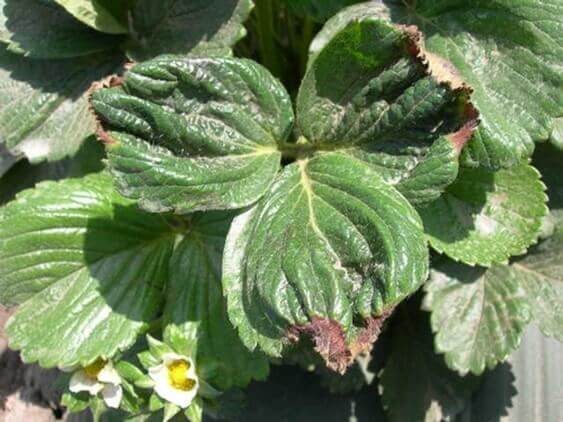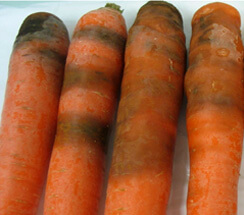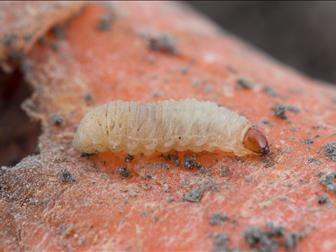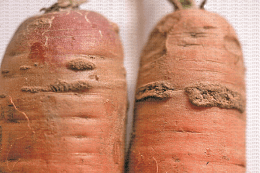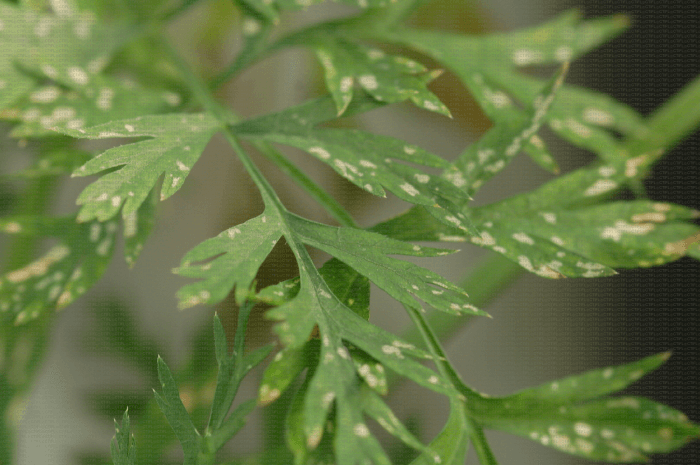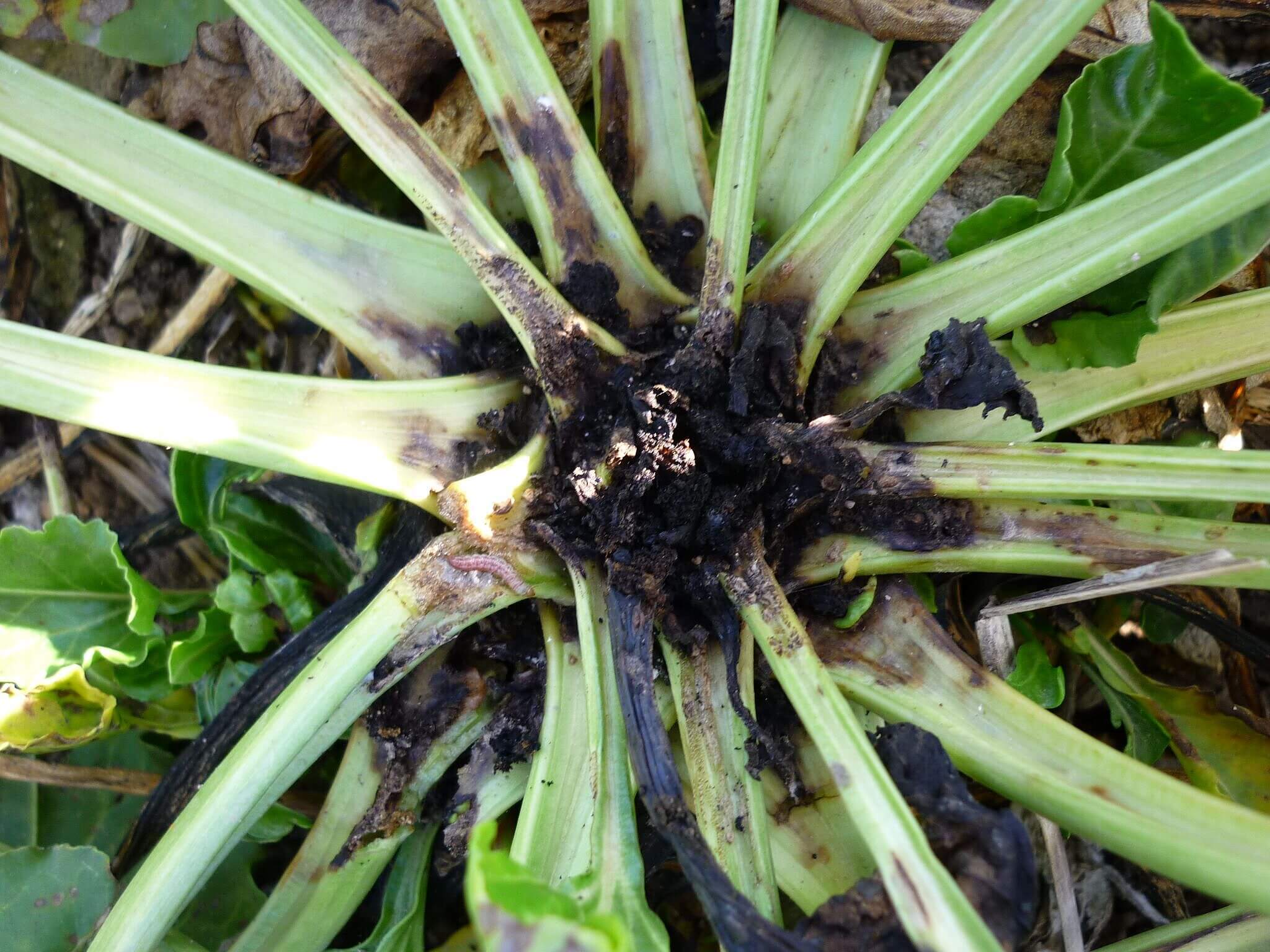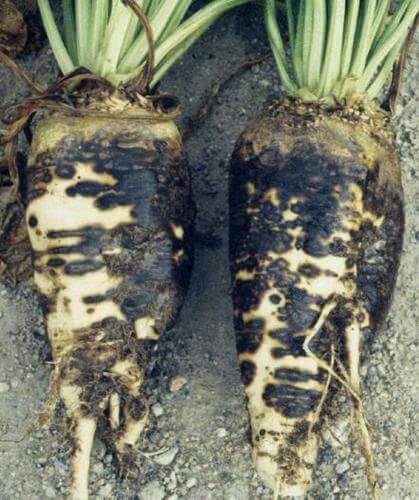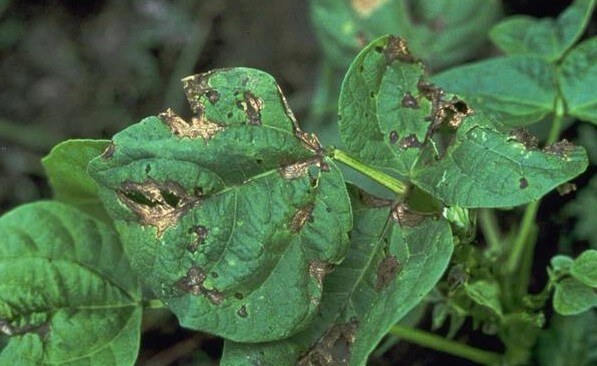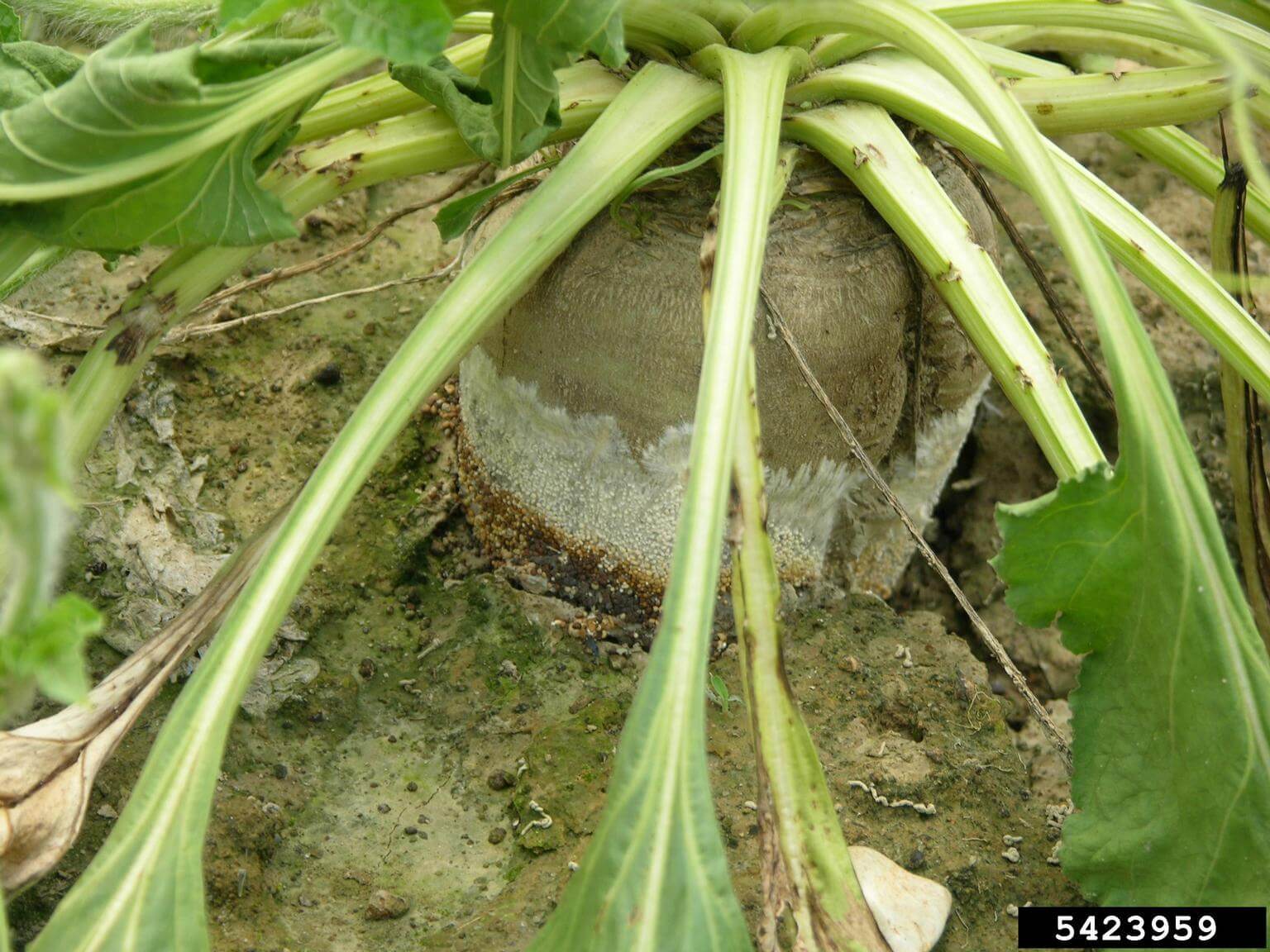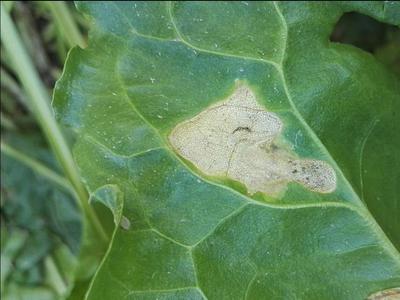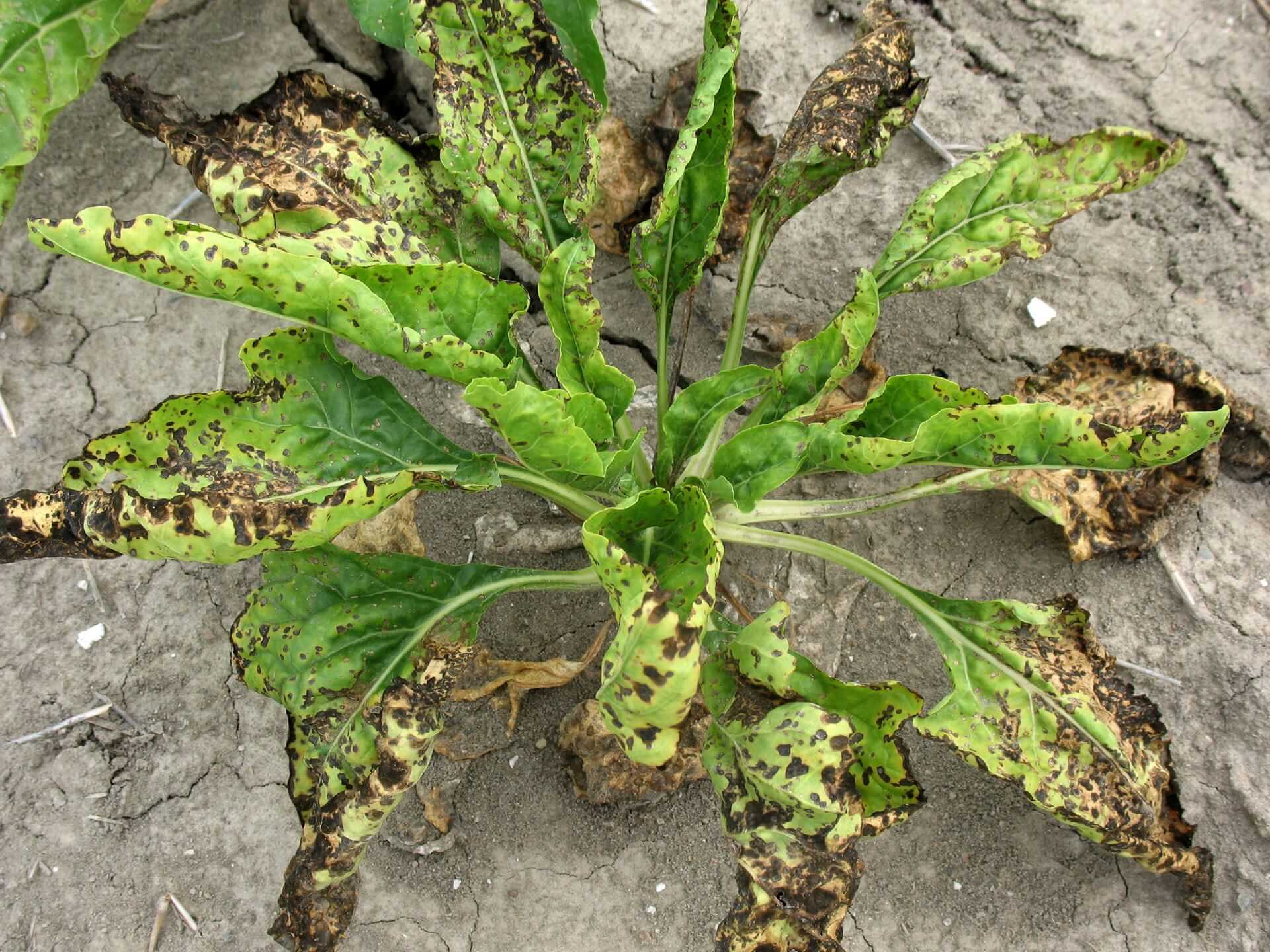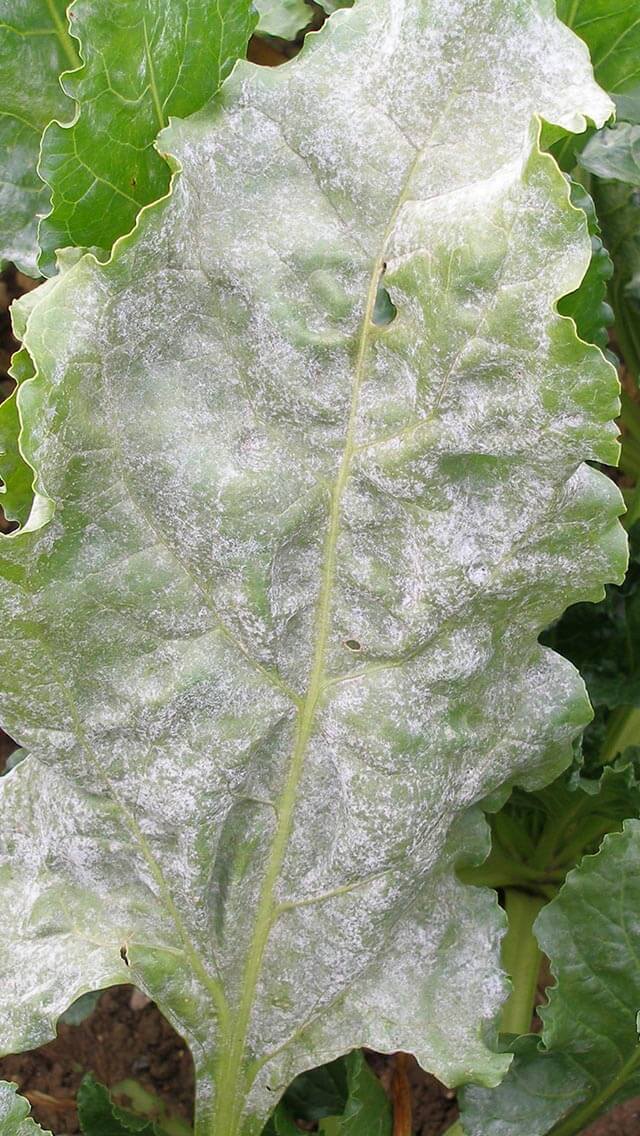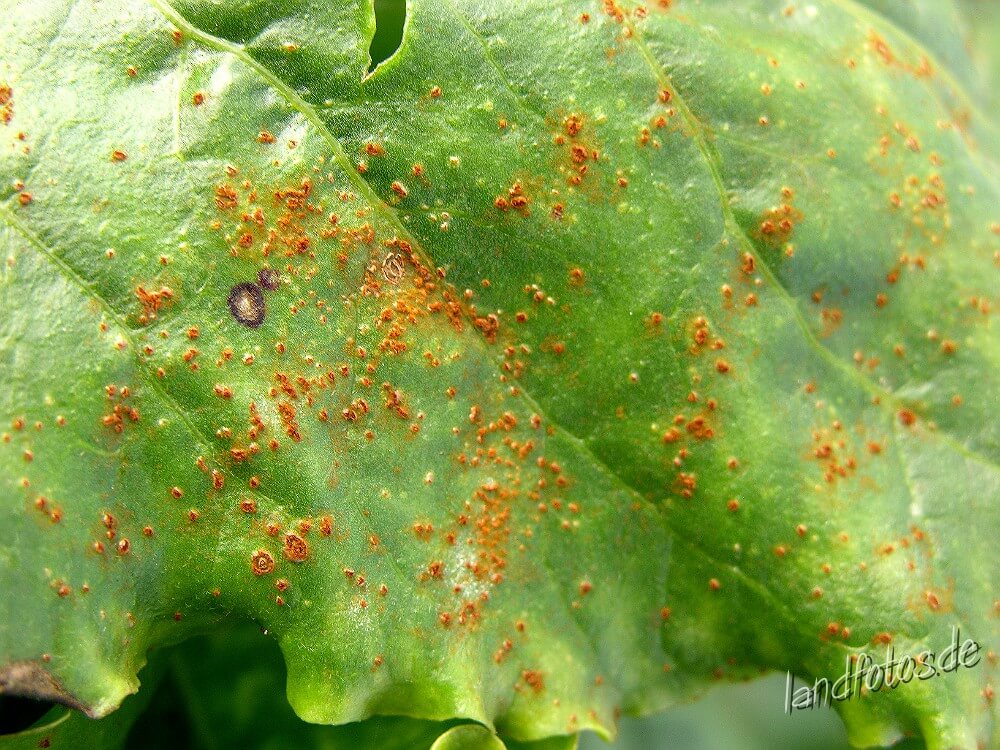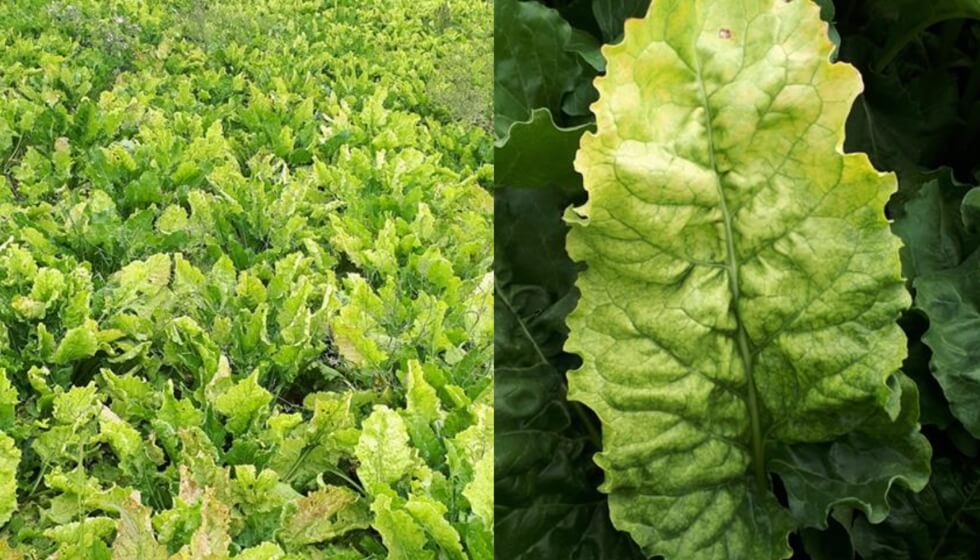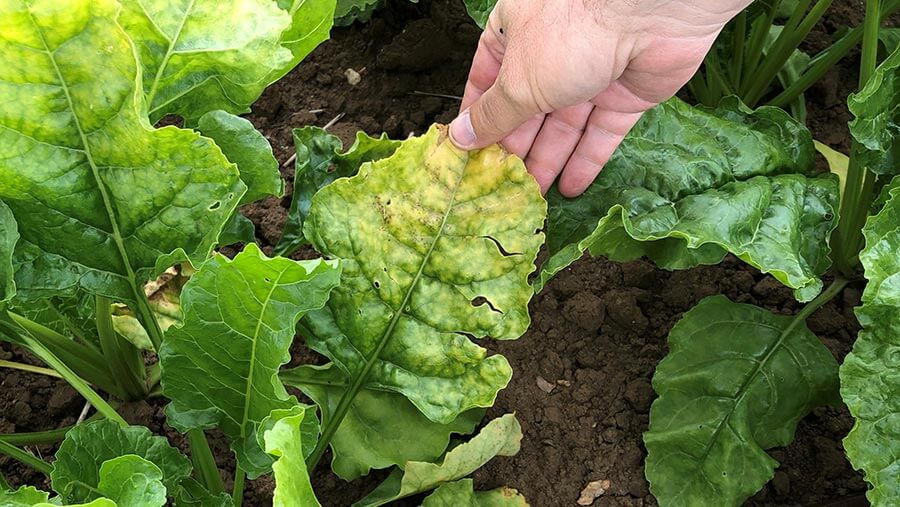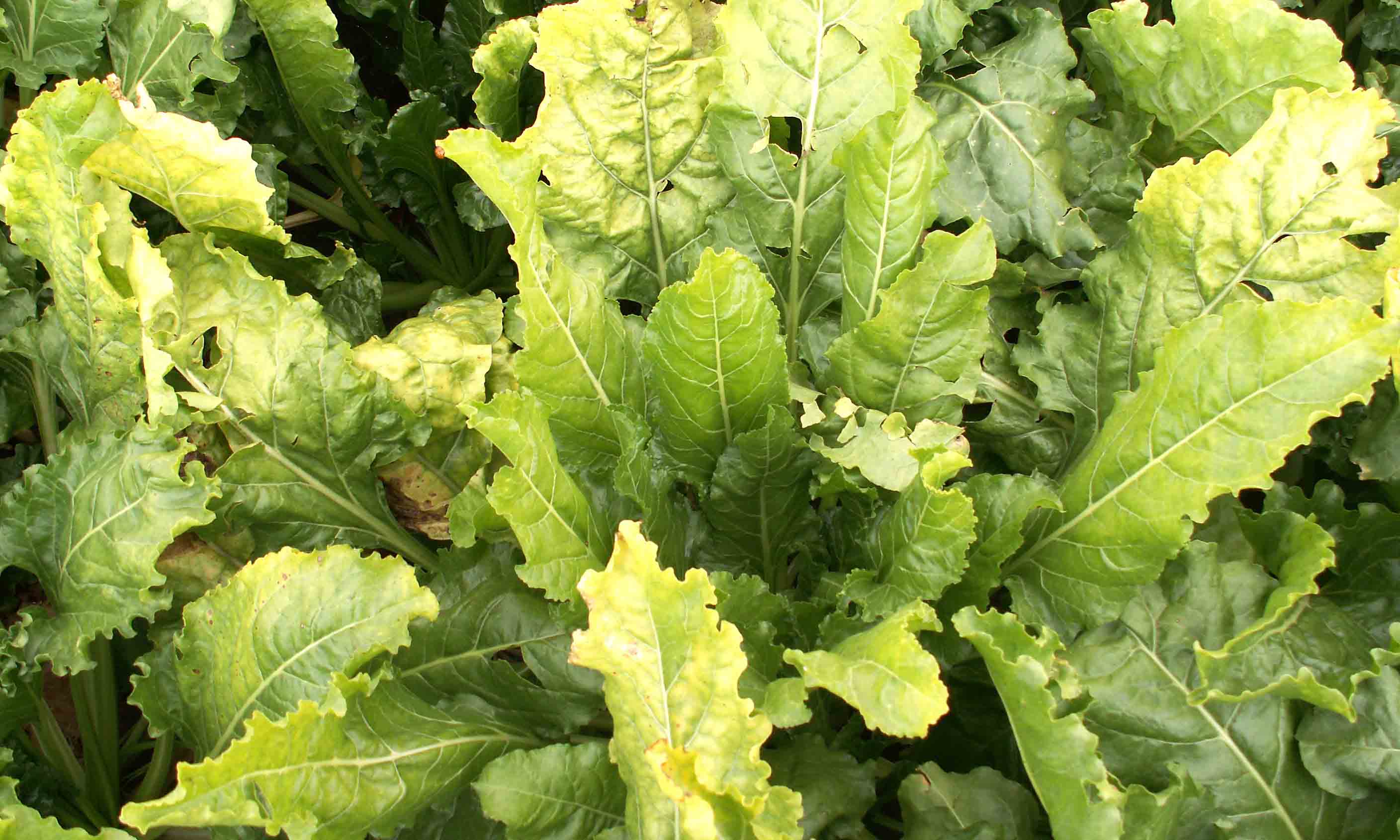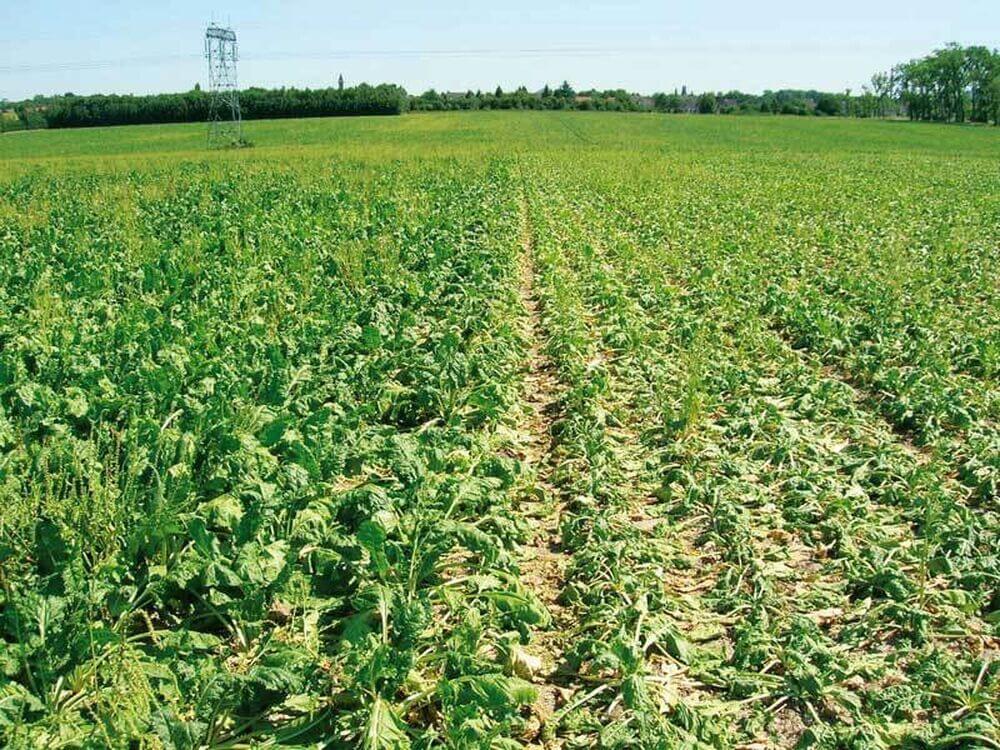
Remolacha de mesa
How to recognize and combat aphids on beets
Aphid
Insect
Type:
Risk to the plant:
HIGH
Aphis Fabae, Myzus Persicae
Pathogen:
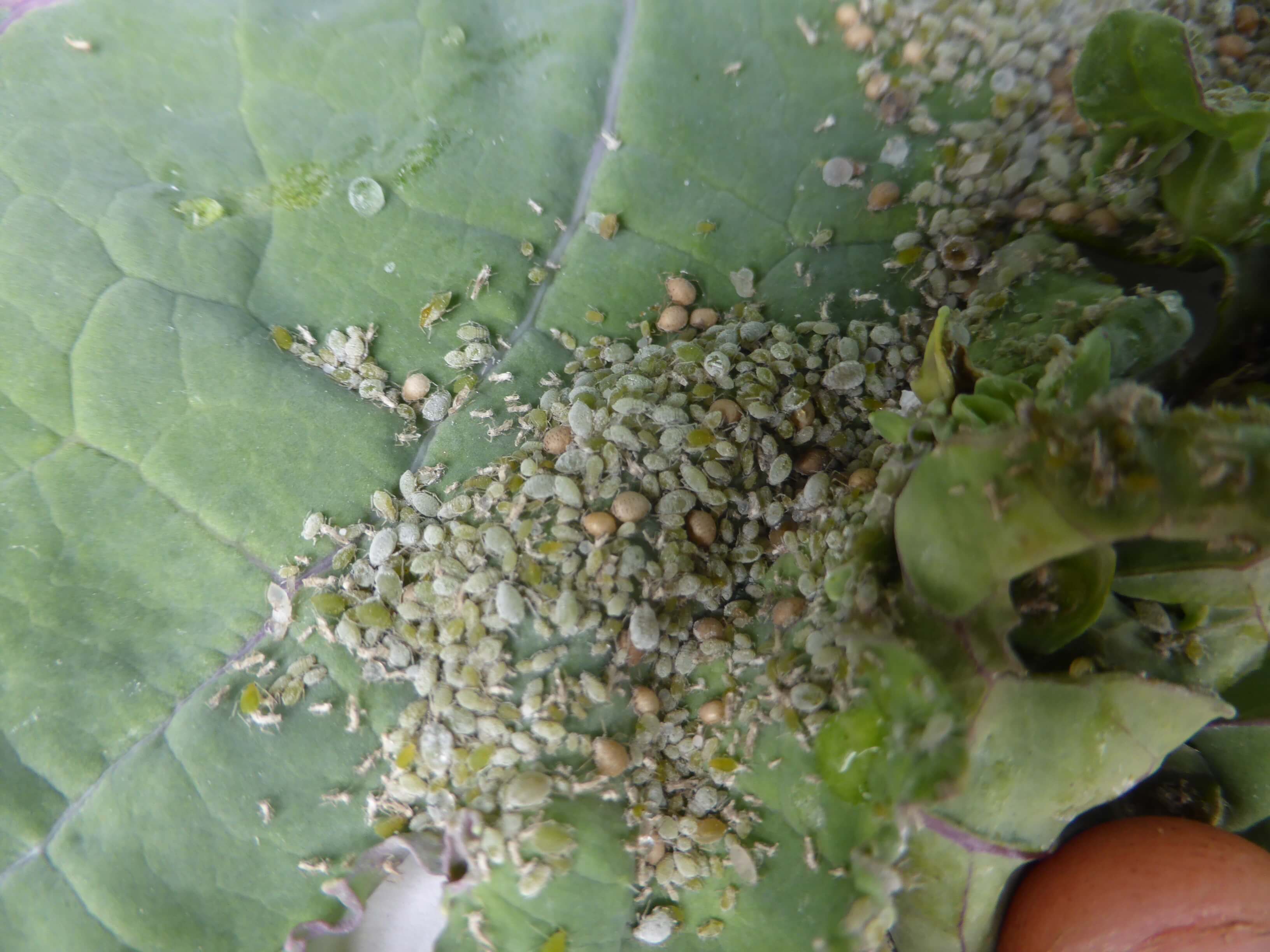
Pulgones
WHO CAUSES IT?
Aphis fabae and Myzus persicae are two species of aphids that affect beets. Aphis fabae, known as the black aphid, has a shiny black oval body. Their cycle begins with viviparous females that give birth to young without having to mate. These offspring mature quickly and, under favorable conditions, can produce several generations in a single season. Myzus persicae, the green peach aphid, has a similar cycle, with females giving birth to live young. Both aphids can develop wings when population density is high or when food resources are scarce, allowing them to disperse to new host plants. The winged females find new plants and establish colonies, continuing asexual reproduction. With the arrival of autumn, some individuals develop wings and migrate to alternate host plants, where they mate and produce winter-hardy eggs. In spring, the eggs hatch and the cycle begins again.
SYMPTOMS
The infestation of Aphis fabae and Myzus persicae in beet causes direct and indirect damage. Direct damage is due to the suction of sap, which weakens the plants and affects their growth. Indirect damage occurs through virus transmission and the production of honeydew, which facilitates the growth of sooty mold fungi, darkening the leaves and reducing photosynthesis.
- Deformed and curled leaves
- Yellowing of the leaves
- Presence of sticky honeydew on the surface of the leaves
- Development of sooty mold fungi on molasses
- Delayed growth and general weakening of the plant
- Loss of vigor and decreased crop yield
- Transmission of viruses such as cucumber mosaic virus and beet yellow vein virus



DEVELOPMENT CONDITIONS
Temperature:
15°C - 25°C
Humidity:
60% - 80%
HOW IS IT SPREAD?
Wind, Direct contact between plants, Contaminated agricultural tools, Movements of infested plants
HOW TO ELIMINATE IT?
Home treatments
There are no home treatments
Natural allies
Chemical treatments
There are no treatments for this disease. Treatments are directed at the insect vectors that transmit it. See insect treatments.
RECOMMENDED PRODUCTS TO ELIMINATE THE PEST
Sponsored link
Sponsored link
Sponsored link
Sponsored link
Sponsored link
Sponsored link
Sponsored link
Effective against all types of fungi
Sponsored link
Sponsored link
Sponsored link
Sponsored link
Sponsored link
REPELLENT PLANTS
-
RECOMMENDATIONS





















